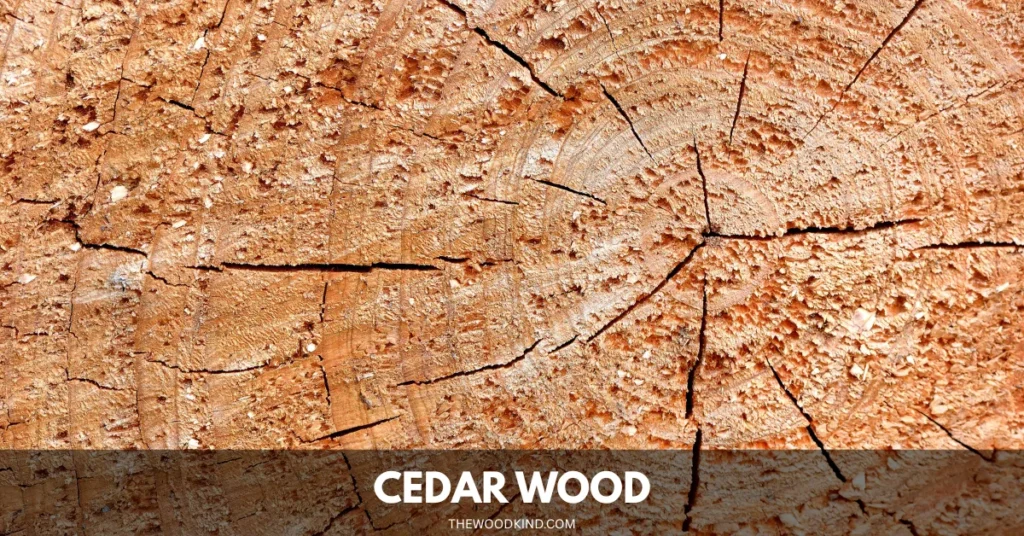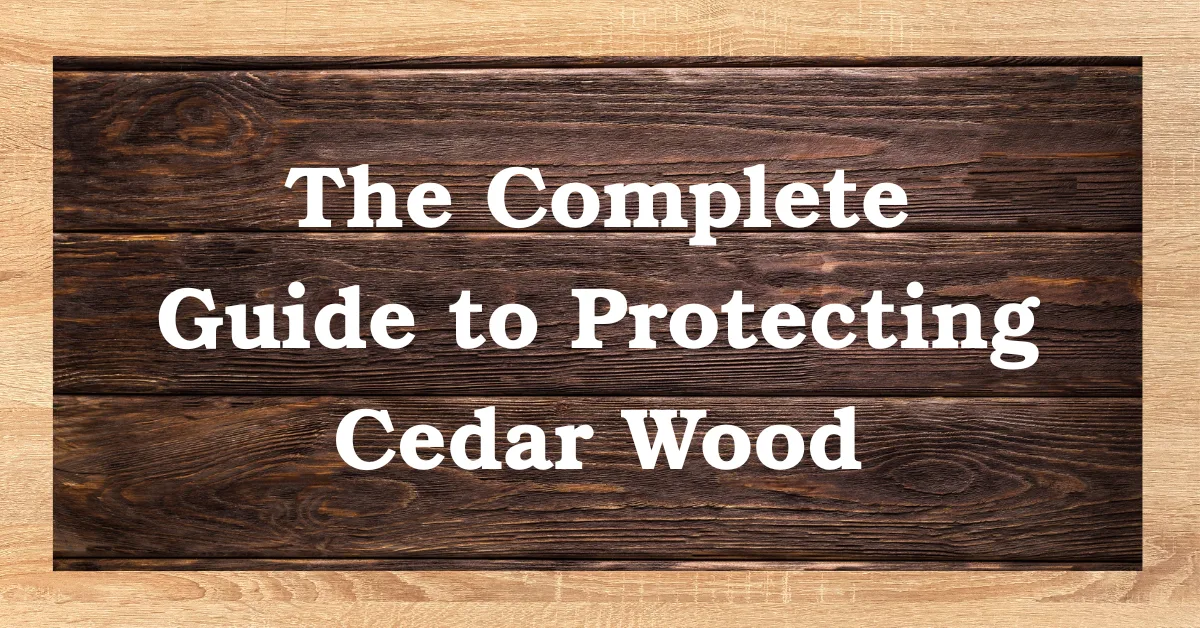The Complete Guide to Protecting Cedar Wood
Cedar wood is prized for its natural beauty, durability, and aromatic qualities. Whether used for outdoor furniture, decks, or fences, cedar brings warmth and character to any space.
But just like other natural things, cedar wood needs to be taken care of so it stays strong and looks good.
This guide will show you the best ways to keep your cedar wood safe and in great shape.
Understanding Cedar’s Natural Qualities
Cedar stands out among wood species due to its natural resistance to rot, insects, and moisture.
The wood contains natural oils and compounds like thujaplicin that repel pests and inhibit fungal growth.
These features make cedar a great choice for outdoor use, where other types of wood might get damaged faster.
However, while cedar is more durable than many alternatives, it’s not invincible.
Being out in the sun, rain, and changing temperatures for a long time can still make the wood fade, crack, or get worn out.

Regular Cleaning and Maintenance
Proper care begins with regular cleaning. Use a mild soap solution and a soft-bristle brush to remove dirt, pollen, and surface grime for routine maintenance.
Don’t use strong chemicals or high-pressure water because they can hurt the wood and wash away its natural oils.
If there are tough stains or mildew, you can mix one part white vinegar with three parts water. This works well and isn’t too harsh.
Always rinse the wood well and let it dry completely before putting anything on it to protect it.
Choosing the Right Protective Finish
When it comes to protecting cedar, you have several finish options:
- Clear Sealants: These help keep cedar’s natural color and protect it from sun and water. Look for ones called “spar urethane” or “acrylic sealer.”
- Semi-Transparent Stains: These give the wood some color but still let you see the wood grain, making it look nice and stay protected.
- Natural Oils: Options like tung oil or linseed oil penetrate deep into the wood, nourishing it from within while providing a matte finish. These require more frequent reapplication but offer a more natural look.
Always test your chosen product on a small, inconspicuous area first to ensure you’re happy with the results.
Long-Term Protection Strategies
To keep your cedar looking its best for years to come:
- Reapply finishes every 2-3 years for outdoor pieces, or when you notice water no longer beading on the surface.
- Inspect regularly for signs of wear like fading, rough texture, or cracks.
- Address issues promptly to prevent minor damage from becoming major problems.
- Think about where you put it – placing cedar furniture in shady spots can help it last much longer.
For indoor cedar items, regular dusting and occasional oiling will help maintain the wood’s luster and prevent drying.

The Weathered Look: Embracing Natural Aging
Many homeowners appreciate the silvery-gray patina that cedar develops over time. This weathered look can be particularly attractive in rustic or coastal settings.
If you want to let your cedar wood turn gray naturally, you can still use a clear UV protectant to help it fade evenly and slow down the graying.
On the other hand, if you prefer to maintain cedar’s original reddish-brown hue, you’ll need to commit to more frequent sealing and staining.
Final Thoughts on Cedar Care
Cedar wood offers a unique combination of beauty and durability that few other materials can match.
By learning how cedar works and taking care of it regularly, you can keep it looking nice and working well for many years.
Whether you like the fresh look of new cedar or the aged look of weathered wood, taking care of it helps you enjoy it for a long time.
Just a little time spent on maintenance now can keep your cedar strong and beautiful in the future.







